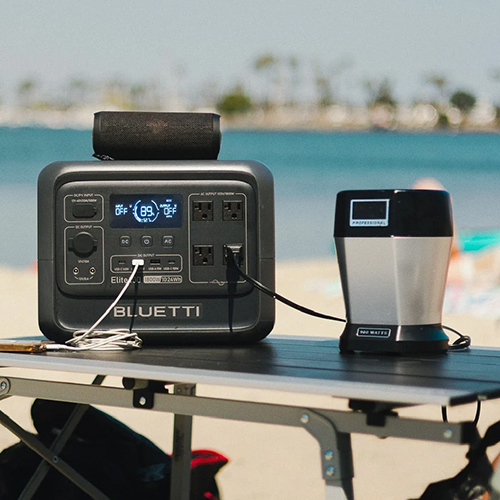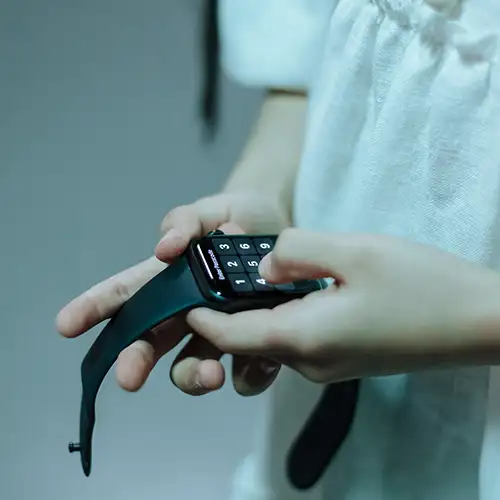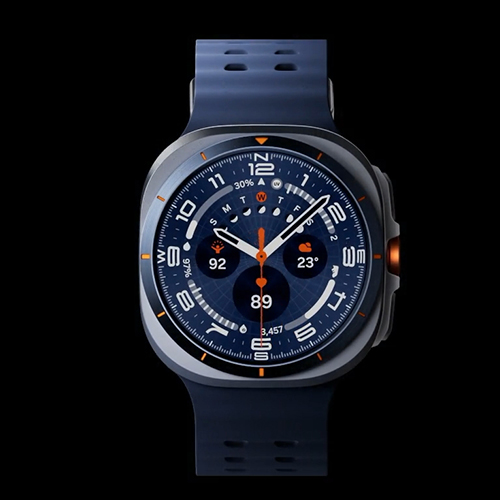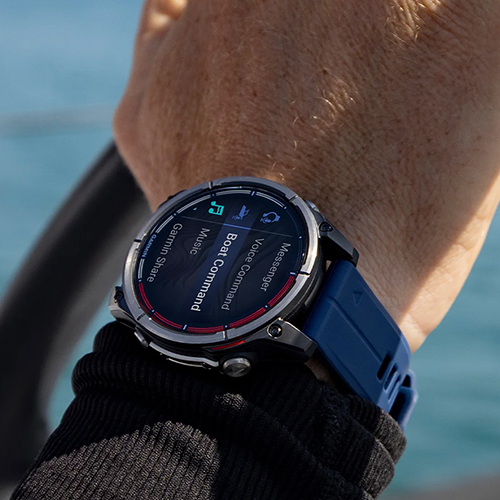
Too Good To Go - Ready To Fight Food Waste?
We all try to live a little more sustainably these days, but it can be hard to get into good habits in a new country. For some, finding the right way to recycle can be challenging enough. However, with the right apps on your phone, you’ll find making those all-important green choices a lot easier.
As per the World Food Program one-third of food produced for human consumption is lost or wasted globally. This amounts to about 1.3 billion tons per year, worth approximately US$1 trillion.

Can a Mobile App Really Help to Reduce Food Waste?
Too Good To Go mobile app helps you cut down on food waste by connecting you with cafes, restaurants, and bakeries in your local area. Their community of waste warriors can pick up fresh food at a reduced rate from local outlets; food that would otherwise be thrown away. It’s a great way to grab a bargain while helping the environment.
Every day, delicious, fresh food goes to waste at cafes, restaurants, hotels, shops and manufacturers - just because it hasn’t sold in time. The Too Good To Go app lets you buy and collect this food - at a great price - so it gets eaten instead of wasted. You won’t know exactly what’s in your order until you pick it up - it’s all part of the surprise. Download the app to get started.
Living an ‘on-the-go’ lifestyle can come with a high price tag, not only for your pocket but for the planet as well.
We all know how it is, you want to do your bit to be a little more sustainable but it can be hard to give up that morning coffee when you forget your KeepCup, or say no to a plastic bag to carry groceries home when you forget your tote.
But fear not busy Brits - there’s an ingenious solution called Too Good To Go that helps you keep up with your busy lifestyle, save some of your hard-earned cash, and gives you an easy way to be a little more sustainable.
Too Good To Go is a free app which allows you to purchase unsold food from top eateries at the end of service, to prevent it from being thrown away. This means you get high-quality food at a great price and do some good for the planet. By saving that food from ending up in landfills, you prevent the CO2e released when it decomposes. In fact, 8% of all greenhouse gas emissions come from food waste! So where’s the sense in throwing perfectly good food in the bin?
Too Good To Go has teamed up with some of the world’s biggest food brands to change packaging, re-classify how products should be labelled, and shake up the way we judge whether food is safe to eat.
It all starts with the 'Look, Smell, Taste, Don't Waste' pictogram. Designed to be stamped on foods that carry a Best Before, the pictogram prompts us to sense-check our food instead of blindly binning it due to a lapsed date.
Too Good To Go has come up with a week-long plan to show the types of delicious food you could rescue on the Too Good To Go app. By swapping just 1 meal a day for a ‘Magic Bag’ of unsold food, you could save yourself a pretty penny, while saving the planet from unnecessary CO2e emissions.
All that’s left to do is order, collect and enjoy!
Download the Too Good To Go mobile app and start reducing food waste
Other ways to reduce food waste
1. Avoid buying too much
Taking a couple of shorter trips to the grocery store each week rather than one longer trip may prevent people from buying too much food and help cut back on waste.
2. Always make a shopping list
Taking an inventory of the food in the house and making a grocery list before going to the store might help people avoid purchasing unnecessary foods and cut back on potential waste.
3. Organizing the food with the FIFO method
Many restaurants and grocery stores use this system to reduce food waste. “FIFO” stands for “first in, first out” and is a useful way to organize food at home. Placing newly bought foods at the back of the cupboard or fridge will encourage people to use the food in the front row first, which will ensure freshness and reduce food waste.
4. Don't throw away food leftovers
As part of a meal plan to reduce waste, many people choose 1 or 2 days each week to eat any leftovers they may have stored in the fridge or freezer. This helps reduce waste from individual meals and keeps the fridge tidy.
5. Understand the dates on food
Many manufacturers put different labels on foods, such as "best before", “use by” or “sell by.” These dates help markets know when to rotate their stock, but they can be confusing for consumers. The Food and Drug Administration (FDA) estimate that up to 20% of food waste from trusted Source comes from confusion over these dates.
Many people assume these dates are expiration dates and throw out perfectly edible food. Remember, while tags and labels on foods may give a general idea of how fresh a product is, they are not hard and fast rules.
The easiest way to identify bad foods is to trust the senses. If a product smells, looks, or tastes spoiled, it probably is. When in doubt, however, it is best to throw it out.
Latest Blogs

Blackview Tablet Reviews: A Comprehensive Look at Features and Performance

The Best Portable Power Stations & Solar Generators in the UK (2025 Guide)

10 Best Smartwatches for Kids

Samsung Galaxy Watch Ultra 2025 Review: The Ultimate Rugged Smartwatch for Adventure


